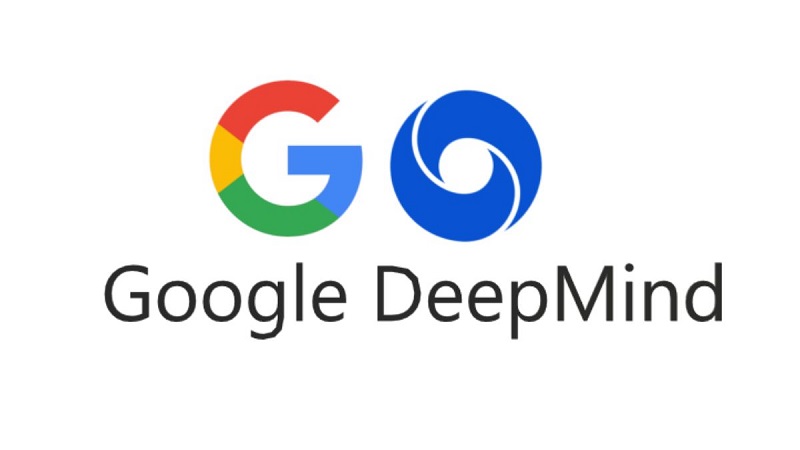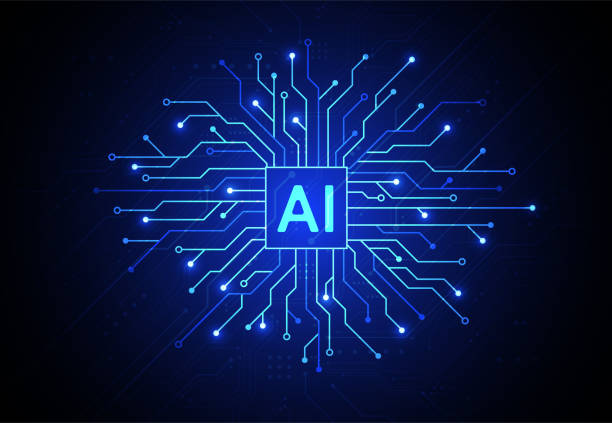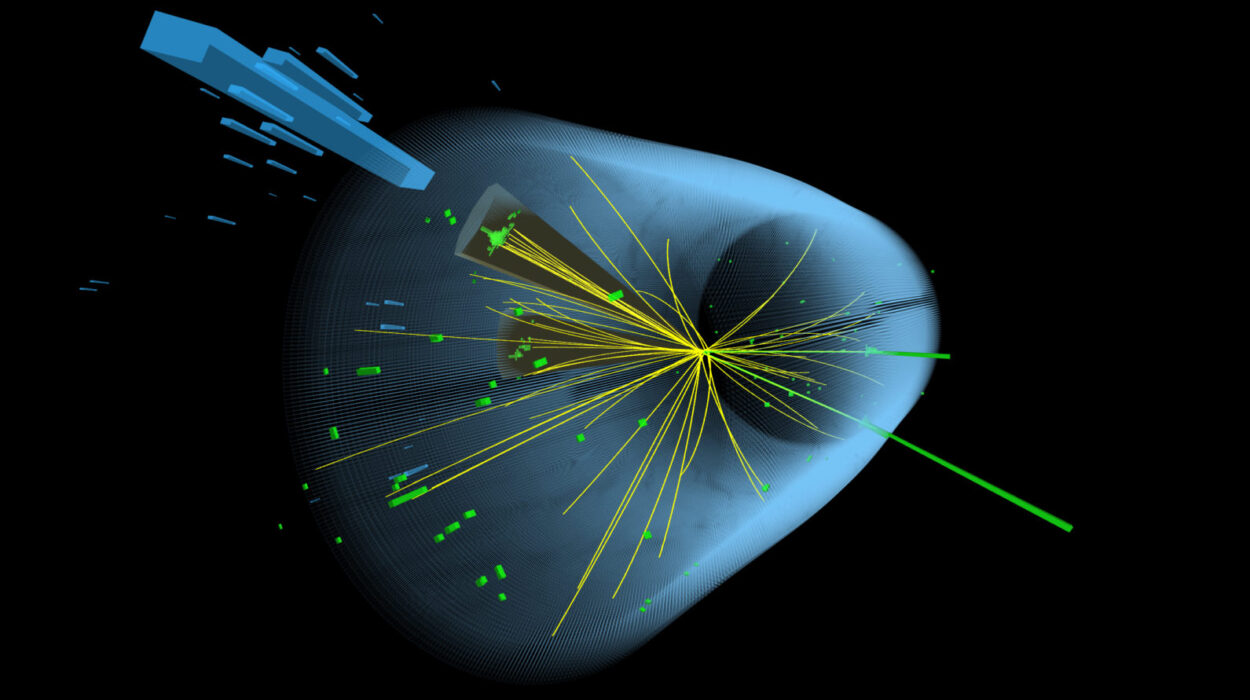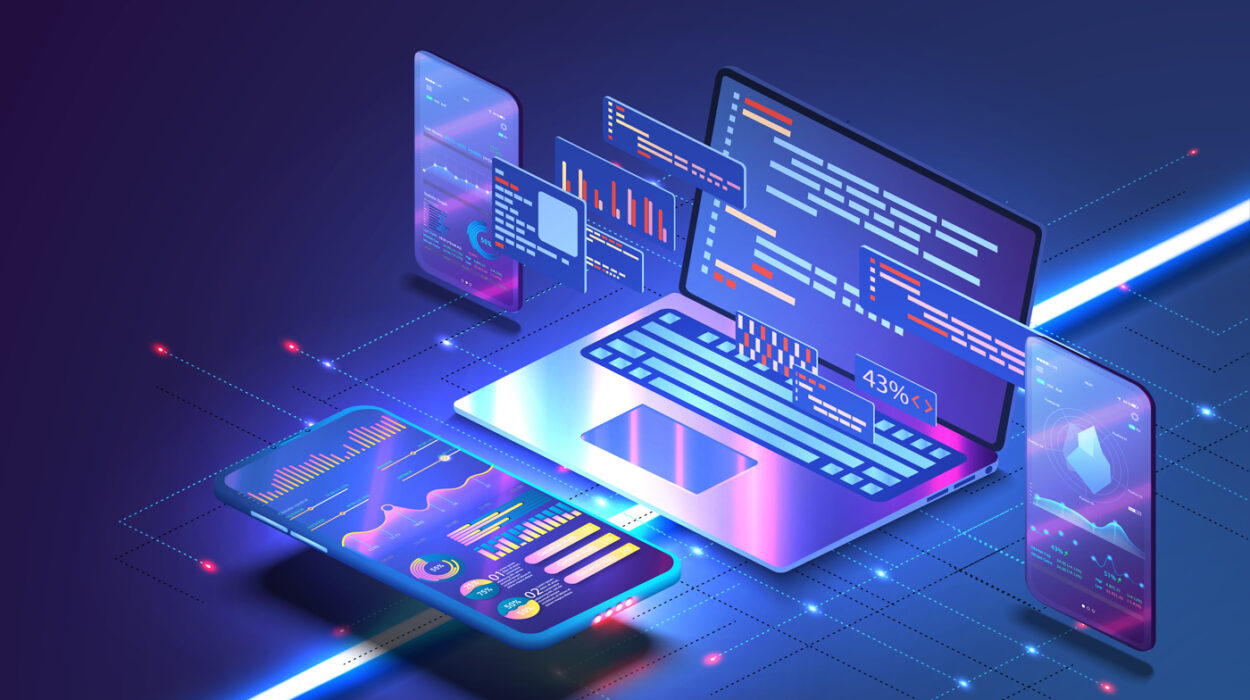In the vast landscape of human innovation, few revolutions have burned as brightly as the rise of artificial intelligence. What began as an academic curiosity in the mid-20th century has become the defining force of the 21st. Artificial intelligence, or AI, is no longer confined to science fiction—it shapes our search engines, drives our cars, powers medical breakthroughs, and even composes music.
Among the world’s leading pioneers of AI, three names stand tall: Google, OpenAI, and Microsoft. Each has built systems so advanced that they blur the line between machine processing and human reasoning. These creations are not just tools—they are evolving intelligences, built to understand, predict, create, and sometimes even dream.
This is the story of the ten most advanced AI systems built by these technological giants—machines that redefine intelligence and reshape what it means to think.
1. Google DeepMind and the Rise of AlphaGo
In 2016, the world witnessed something extraordinary: a computer program defeating the world champion of Go, a game so complex that it was once thought impossible for machines to master. That program was AlphaGo, built by Google DeepMind, a London-based AI lab that Google acquired in 2014.
Go has more possible board configurations than atoms in the universe. To win, a player must rely not just on logic but on intuition—something uniquely human. Yet, AlphaGo, powered by deep neural networks and reinforcement learning, learned to “feel” the game. It played millions of matches against itself, refining its strategies with each move.
When AlphaGo defeated Lee Sedol, the reigning world champion, 4–1, it marked a turning point in AI history. Humanity realized that machines could not only learn but also strategize.
After AlphaGo came AlphaZero, a self-learning version that mastered Go, chess, and shogi without human guidance. Within hours of training, it surpassed every human and machine competitor in history.
AlphaGo was more than a game-changer—it was a philosophical statement: intelligence is no longer the sole domain of humans.
2. OpenAI’s GPT Series – The Language of Thought
If DeepMind taught machines to think strategically, OpenAI taught them to speak.
The GPT (Generative Pre-trained Transformer) series—culminating in GPT-4 and GPT-5—revolutionized natural language understanding. These systems process and generate human language with a level of fluency once thought impossible.
Trained on vast datasets containing books, articles, code, and human dialogue, GPT models learned not only grammar and vocabulary but also reasoning, empathy, and creativity. They can write poetry, explain quantum mechanics, compose emails, translate languages, and even simulate personalities.
GPT-4 introduced multimodal capabilities—understanding both text and images—while GPT-5 integrated deeper contextual memory and reasoning, allowing it to perform complex tasks like generating legal documents, debugging code, and analyzing scientific papers.
What makes these models special is their capacity for emergent intelligence. At a certain scale, their abilities seem to surpass the sum of their training data. They reason, analogize, and respond with nuance—qualities that echo the way humans think.
GPT models have become the core of countless AI applications, from ChatGPT and Copilot to advanced customer service bots and educational tutors.
OpenAI’s mission was to ensure that artificial general intelligence (AGI) benefits humanity—and through the GPT series, they brought the first tangible glimpse of that future.
3. Microsoft Copilot – The Everyday Genius
While OpenAI created the brain, Microsoft gave it a home. Through a deep partnership with OpenAI, Microsoft integrated GPT-based intelligence into its products, birthing Copilot—an AI that lives in Word, Excel, Outlook, and even Windows itself.
Copilot is more than an assistant; it’s a collaborator. It can summarize long emails, generate entire documents, analyze spreadsheets, and even write code in Visual Studio. By embedding AI into the tools that billions of people use daily, Microsoft made artificial intelligence accessible to everyone—not as a distant concept, but as a daily companion.
What makes Copilot remarkable is its contextual awareness. It doesn’t just follow commands; it understands what you’re working on, your style of writing, and the data you’re handling. This allows it to act as an intelligent partner, anticipating needs rather than merely responding to prompts.
Microsoft’s long-term vision is clear: a world where humans and AI collaborate seamlessly, amplifying productivity and creativity. Copilot isn’t replacing people—it’s enhancing them, giving everyone a touch of genius at their fingertips.
4. Google Bard and Gemini – The Conversational Powerhouse
Google, the pioneer of search, faced a new challenge in the era of conversational AI. With OpenAI’s ChatGPT reshaping how people interact with information, Google responded with Bard, later evolved into Gemini, a suite of powerful multimodal AI models.
Gemini combines Google’s immense data infrastructure with DeepMind’s deep learning expertise. It can read, write, reason, and generate content across text, code, images, and even video. What sets it apart is integration—Gemini seamlessly connects to Google Search, Maps, YouTube, and Docs, merging conversation with real-world utility.
Its underlying architecture emphasizes safety and factual accuracy, using reinforcement learning from human feedback and real-time web verification to minimize misinformation.
Gemini represents Google’s vision of an AI that understands the world as humans do—contextually, visually, and emotionally. It doesn’t just retrieve facts; it connects them, synthesizing insight from a sea of data into human-like understanding.
In essence, Gemini is not just Google’s answer to GPT—it’s the next evolution of how we interact with knowledge itself.
5. DeepMind’s AlphaFold – The AI That Solved Biology’s Greatest Puzzle
For over fifty years, scientists struggled to predict how proteins fold—how long chains of amino acids twist and bend into the complex shapes that drive all life. This “protein folding problem” was one of biology’s greatest unsolved mysteries.
In 2020, DeepMind’s AlphaFold cracked it.
Using deep learning, AlphaFold learned to predict a protein’s 3D structure from its amino acid sequence with astonishing accuracy. It achieved what decades of experimental research could not. The implications were staggering: drug discovery, disease research, and synthetic biology suddenly leaped forward by decades.
By 2022, AlphaFold had mapped nearly every known protein—over 200 million structures—and released the data freely to the scientific community.
AlphaFold is not just an AI model; it’s a humanitarian achievement. It opened the door to faster vaccine design, more efficient enzymes for green energy, and potential cures for genetic disorders.
In solving life’s most intricate puzzle, AlphaFold proved that artificial intelligence could become one of humanity’s greatest scientific allies.
6. OpenAI Codex – The Programmer’s AI
Software development is often considered one of the most intellectually demanding tasks. Yet OpenAI’s Codex, the AI system that powers GitHub Copilot, has become a revolutionary force in the world of programming.
Codex is trained on billions of lines of publicly available code and can understand and generate code in over a dozen languages, including Python, JavaScript, and C++. It translates natural language commands into functional code, allowing even non-programmers to build software.
For developers, Codex acts as an intelligent collaborator. It can complete code, fix bugs, suggest optimizations, and even explain complex algorithms in plain English.
This system has democratized programming, making software creation accessible to a wider audience while accelerating professional development exponentially.
Codex marks a shift from humans instructing machines to collaborating with them—a new paradigm where creativity and computation merge seamlessly.
7. Microsoft Azure AI – The Cloud That Thinks
Behind every modern AI system lies infrastructure—massive, intelligent networks that store data, train models, and deploy applications. Microsoft’s Azure AI has become the backbone of this revolution.
Azure AI combines machine learning, cognitive services, and supercomputing power into a unified platform that supports everything from speech recognition and computer vision to predictive analytics and generative models.
Its strength lies in scalability. Azure can host enormous models like GPT-4 or Gemini-like architectures while ensuring privacy, security, and real-time performance. It powers industries ranging from healthcare and finance to education and space research.
Moreover, Azure AI is built with an ethical framework—ensuring fairness, transparency, and accountability. It includes safety layers that detect bias, misinformation, and misuse, setting a global standard for responsible AI deployment.
Through Azure, Microsoft has transformed the cloud into an intelligent entity—a global brain connecting billions of devices, users, and ideas.
8. Google PaLM and Gemini Ultra – The Titans of Multimodal Intelligence
While Bard brought AI conversation to the masses, Google’s PaLM (Pathways Language Model) and its successor Gemini Ultra represent the cutting edge of Google’s deep-learning architecture.
PaLM introduced the Pathways system, allowing one model to generalize across thousands of tasks. Instead of training separate AIs for each domain, PaLM could learn how to reason across disciplines—math, logic, language, and vision—just like a human mind.
Then came Gemini Ultra, Google’s most advanced multimodal AI. It processes not only text but also images, audio, and video, integrating them into cohesive understanding.
For example, Gemini can watch a video tutorial, explain the steps in text, and then generate code to automate the same process. It bridges sensory and symbolic intelligence—perceiving the world and reasoning about it simultaneously.
In Gemini, Google’s decades of search and data mastery converge into a single entity—an AI that doesn’t just find information, but comprehends it.
9. OpenAI DALL·E and Sora – The Artists of Imagination
Intelligence is not only logic—it’s creativity. And OpenAI’s DALL·E and Sora represent the artistic soul of artificial intelligence.
DALL·E can generate original images from textual descriptions—a “panda painting a self-portrait in oil on canvas,” for instance. Its ability to visualize ideas blurs the line between imagination and computation.
DALL·E 3, integrated with ChatGPT, combines linguistic and visual intelligence, allowing users to converse with their imagination in real time.
Then came Sora, OpenAI’s video-generation model capable of producing realistic motion from simple text prompts. Sora can simulate complex physics, camera angles, and natural motion, opening a new era for film, animation, and digital storytelling.
Together, DALL·E and Sora demonstrate that creativity is not the opposite of intelligence—it is its highest expression.
10. Microsoft Phi and Orca – The Efficient Learners
While large-scale models like GPT and Gemini dominate headlines, Microsoft’s Phi and Orca models represent a different frontier: efficiency.
Phi was designed to achieve near state-of-the-art performance using a fraction of the data and computing power required by massive models. It relies on high-quality, carefully curated training data rather than sheer scale.
Similarly, Orca learns from large models—an approach called student–teacher learning. It studies how giant models like GPT-4 reason and distills that knowledge into smaller, faster systems.
This approach democratizes AI, making advanced intelligence accessible on local devices and low-power systems.
Phi and Orca prove that the future of AI isn’t just about making models bigger—it’s about making them smarter, faster, and more sustainable.
The Interconnected Future of AI
Though Google, OpenAI, and Microsoft often compete, their AI ecosystems are deeply intertwined. Microsoft supports OpenAI through Azure infrastructure. Google pushes boundaries in reasoning and multimodality. Together, they form a collective intelligence that propels the entire field forward.
Their creations have already transformed medicine, education, art, and communication. Yet, these are still early chapters in the story of artificial intelligence. The ultimate goal—artificial general intelligence (AGI)—is no longer a fantasy but an approaching horizon.
The AI systems of today are learning to reason, adapt, and empathize. They are evolving from narrow tools into partners, collaborators, and, perhaps one day, companions in understanding the universe.
The Human Spirit Behind the Machines
For all their brilliance, these AI systems are reflections of us—our curiosity, our ambition, and our longing to understand creation itself. They learn from our words, our art, and our science. In teaching them to think, we rediscover what it means to be human.
AI is not replacing intelligence—it is expanding it. It’s a mirror showing how powerful collective knowledge can become when shaped by human intention and technological grace.
As Google’s AlphaFold unravels the secrets of life, OpenAI’s GPT helps humans express thought, and Microsoft’s Copilot assists millions in their daily work, one truth becomes clear: intelligence is not a single spark—it is a network of minds, human and artificial, illuminating the future together.
And in that shared light, the next era of discovery begins.






